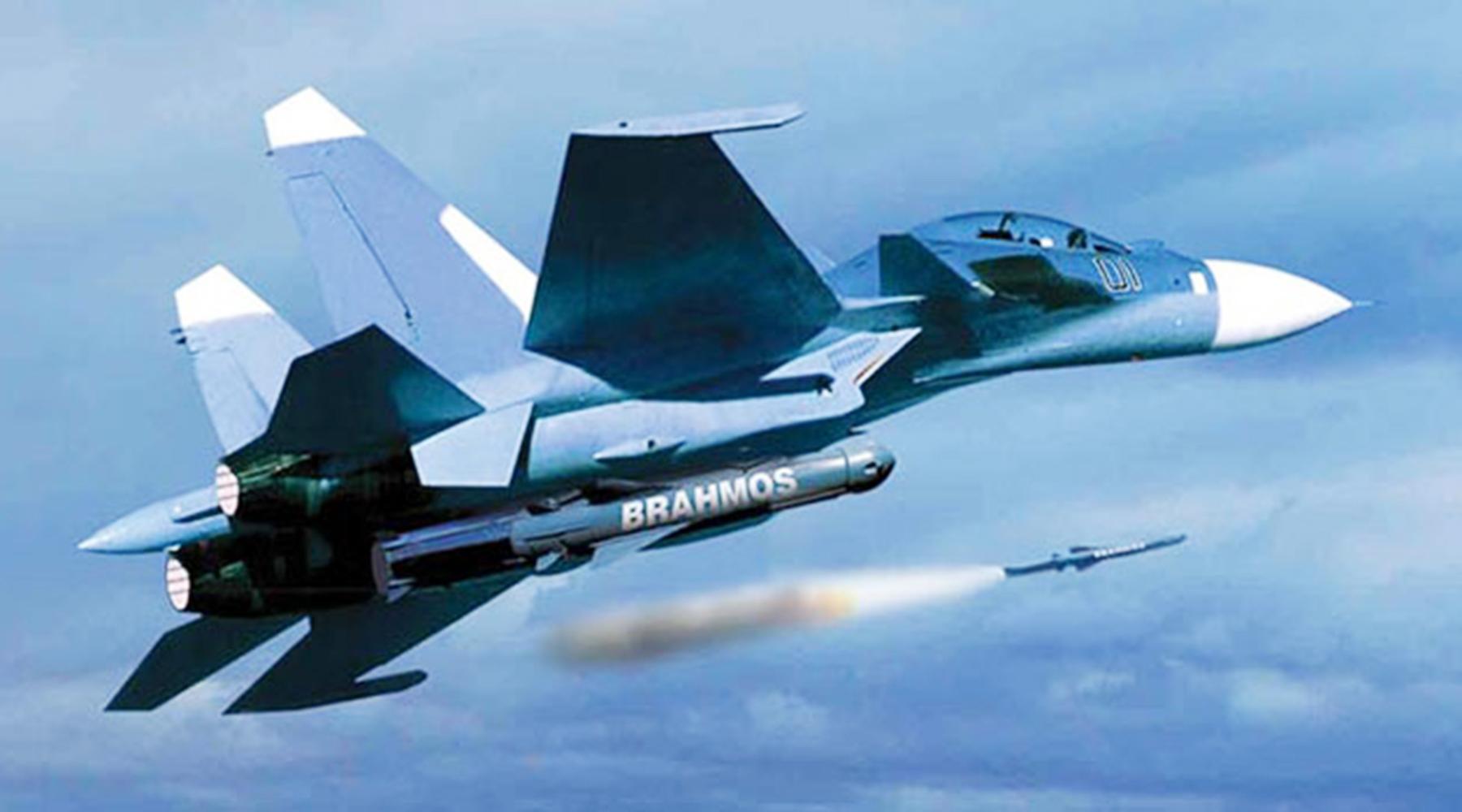India and Armenia's "missile" challenge to Azerbaijan Baku is ready to take adequate measures
Recently, information has been circulating in the media that Armenia is interested in purchasing various missile systems manufactured by the Indian Defence Research and Development Organisation (DRDO). This is also evidenced by the noticeable intensification of relations between India and Armenia in the military-technical sphere.
Yerevan is determined to purchase air-based BrahMos medium-range missiles and Pralay ground-based tactical short-range ballistic missiles.
What kind of weapons they are? Why does Armenia need it? What response measures can Azerbaijan take? We will try to answer these questions in this piece.
The first export order for BrahMos missiles was made to the Philippines, and then several countries, including Armenia, became interested in them. Apparently, Armenia intends to integrate BrahMos missiles into the Su-30SM fighter jets in its arsenal. As we remember, Armenia purchased these jets from Russia without ammunition. Although these air-to-ground missiles with extended range are designed for India's Su-30MKIs, Indian engineers have stated that they can modify the Armenian aircraft and integrate these missiles, potentially allowing Armenia to strike targets deep inside Azerbaijani territory.
In order to fit these missiles on the Su-30MKI aircraft, Indian engineers had to modify their design, in particular, by redistributing the load on the load-bearing elements. For successful integration, the weight of the aircraft version was reduced by 500kg and the length by almost half a metre.
Interestingly, the BrahMos medium-range supersonic air-to-ground missile is a joint development of India’s DRDO and Russia's NPO Mashinostroyenia, which formed BrahMos Aerospace Ltd. in 1998. The munition is assembled in India, and the main parts of the missile body are also created by Indian enterprises. India owns 50.5 per cent of the share capital of BraMos Aerospace, while Russia owns the remaining 49.5 per cent.
There are different versions of missiles that can be launched from sea, land and air and hit a target. The missile can reach speeds 2.5-2.8 times higher than sonic (3,100-3,500 kilometres per hour). As of 2022, BrahMos was considered the world's only existing supersonic cruise missile and one of the fastest missiles in the world, which is very difficult to intercept by existing missile defences.
The air-launched type entered service with the Indian Air Force in 2019 and can accurately engage a target at a range of up to 500 kilometres. The air-launched BrahMos missile weighs 2.5 tonnes - 450 kilograms less than the first two versions. It flies at an altitude of 10 to 15,000m. The missile has a conventional warhead weighing between 200 and 300kg. Note that the combination of Sukhoi and BrahMos gives it a strategic range and the ability to hit land and sea targets at very long distances.

As for Pralay missiles, it has become lately known that India is negotiating the export of quasi-ballistic solid-propellant missiles to Armenia. Thus, during the talks held between the representatives of the two countries at the DefExpo 2022 defence exhibition, the Armenian side, which has the 9K720 Iskander-E operational-tactical missile system in service, expressed interest in India's short-range Pralay surface-to-surface ballistic missile. It is possible that the interest in Indian ballistic missiles came after the Iskander-E complexes failed to live up to their potential during the 44-day war. This was also stated by Prime Minister Pashinyan.
The Pralay ballistic missile is a containerised tactical missile which is also developed by the Indian Defence Research and Development Organisation. This missile is capable of hitting targets on land or at sea. The Pralay missile, which has been in development since 2015, can strike at a range of 150 to 500 kilometres while carrying a warhead weighing between 350 to 700 kilograms. It is launched from a mobile launcher. Note that the range can also be increased. It is reported that the advanced version of this missile can change its flight path, which makes it a very difficult target for intercepting anti-missile systems.
Since the Pralay missile is still in the testing phase, it is likely that Armenia, being their first customer, will turn into a kind of testing ground for Indian military engineers. Earlier, the Indian Army was supposed to take the Pralay missiles into service after certain tests - three launches have been successfully conducted so far (the last one on November 7, 2023). The Indian Army has ordered 120 Pralay missiles for the Air Force in 2022 and another 250 for the Army in 2023. However, the fulfilment of the order is still delayed due to the "crude" nature of the missiles.
Under the export rules of the Missile Technology Control Regime, which is an informal political agreement among 35 countries around the world to restrict the use of missile technology, the range of the missiles proposed by Armenia will not exceed 300 kilometres. However, there is a possibility that India could still supply missiles with a range exceeding 300 kilometres.
Armenia's manic desire to acquire heavy weapons shows that Yerevan is still not ready for peace with its neighbours and dreams of a new war. And here India is ready to help the "country of stones" to "blow up" the region, even though Azerbaijan has repeatedly expressed serious concern about India's deliveries of lethal weapons to Yerevan and opposed the militarisation of Armenia. Alas, the data we have presented in this piece show that Armenia and India are not interested in stability in the region.
By the way, the fact that BrahMos missiles cannot be sold to Armenia without agreement with Russia should be emphasised, as they are jointly produced by the Indian and Russian military-industrial complex. If Russia allows the sale of these missiles to Armenia, it will have an extremely negative impact on Azerbaijani-Russian relations, which in turn will give Baku the right to take adequate steps, in particular, our country may consider selling arms to Ukraine.








